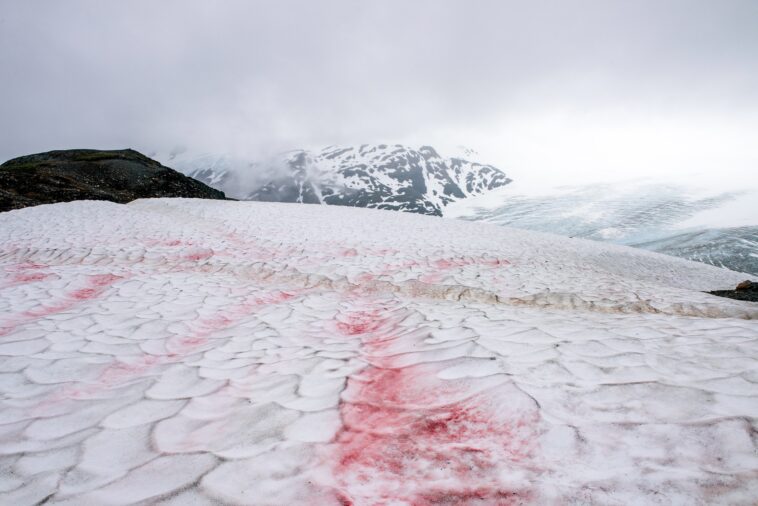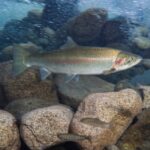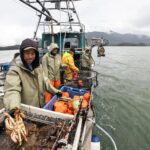Most of us on BC’s coast know about red tides that turn seafood toxic, water red, and close areas to seafood harvesting.
Did you know that there’s another kind of algae that turns things red in BC–and also affects our food security?
Algae blooms can turn snow and ice dark red–a natural condition known as “glacier blood” or “watermelon snow.” Researchers are now in a race against global warming to study these organisms before they vanish along with BC’s shrinking glaciers.
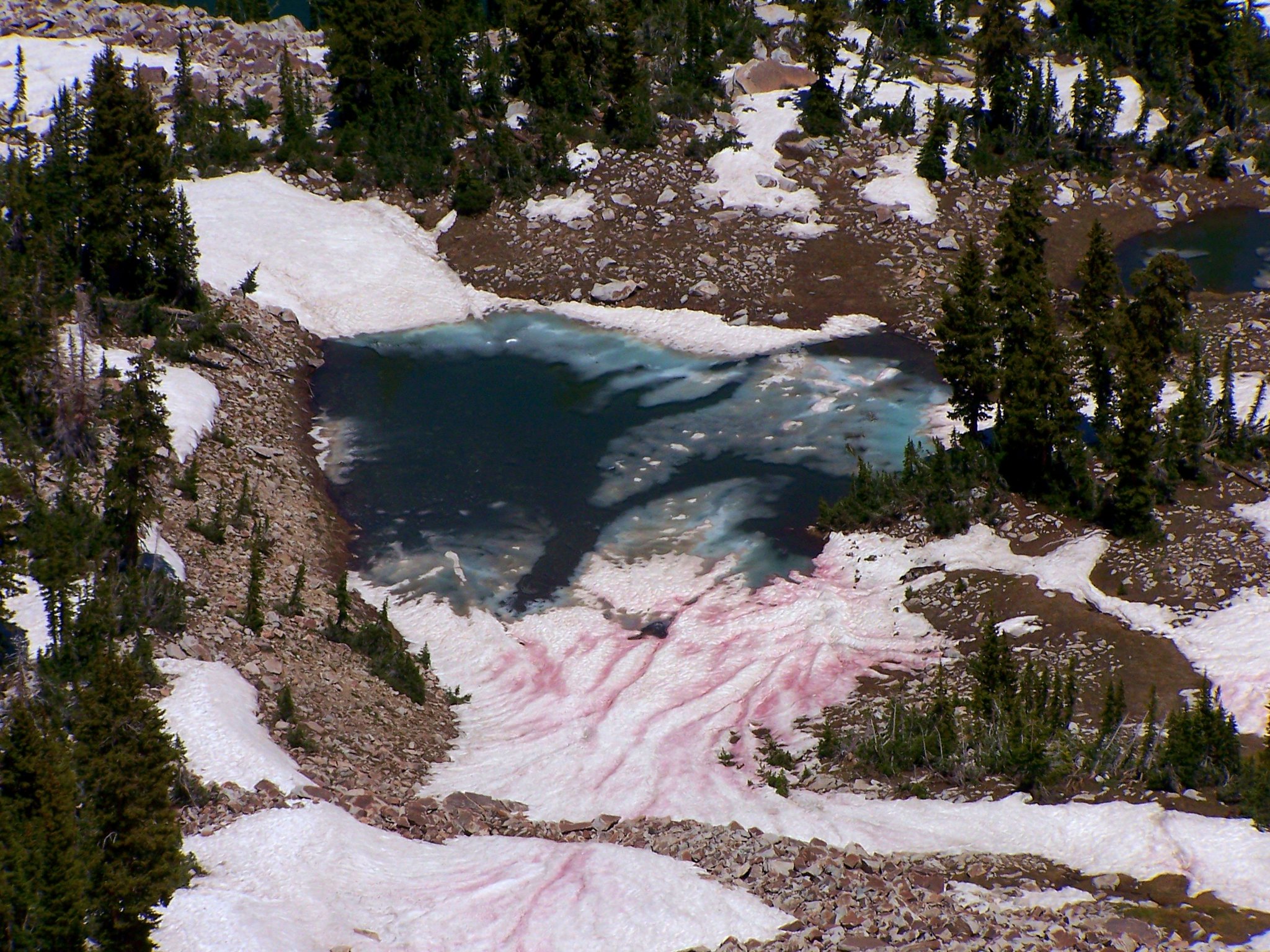
In a ‘Catch 22,’ blooms of watermelon snow speed up the melting of the snowpack that the algae need to survive. Because dark snow absorbs more sunlight and heat, snowpack melts faster, which allows even more algae to grow in “a feedback loop of accelerated melting.” explains a paper in Science News,
Much more than algae is at risk. During droughts, BC watersheds are replenished by melt from snowpack and ice built up during winter months. But warmer temperatures are depleting these stores, creating a shortage for everything from drinking water to farming, hydropower to salmon spawning, and entire ecosystems.
Chlamydomonas nivalis and Chlamydomonas reinhardtii are two kinds of algae which bloom on snow when the temperature and nutrients in snow are just right, and some blooms are dramatic enough to be visible from space,
A team led by BC scientist Lynne Quarmby at Simon Fraser University used satellite images of watermelon snow to show where algae blooms, snowpack melts faster than would otherwise occur.
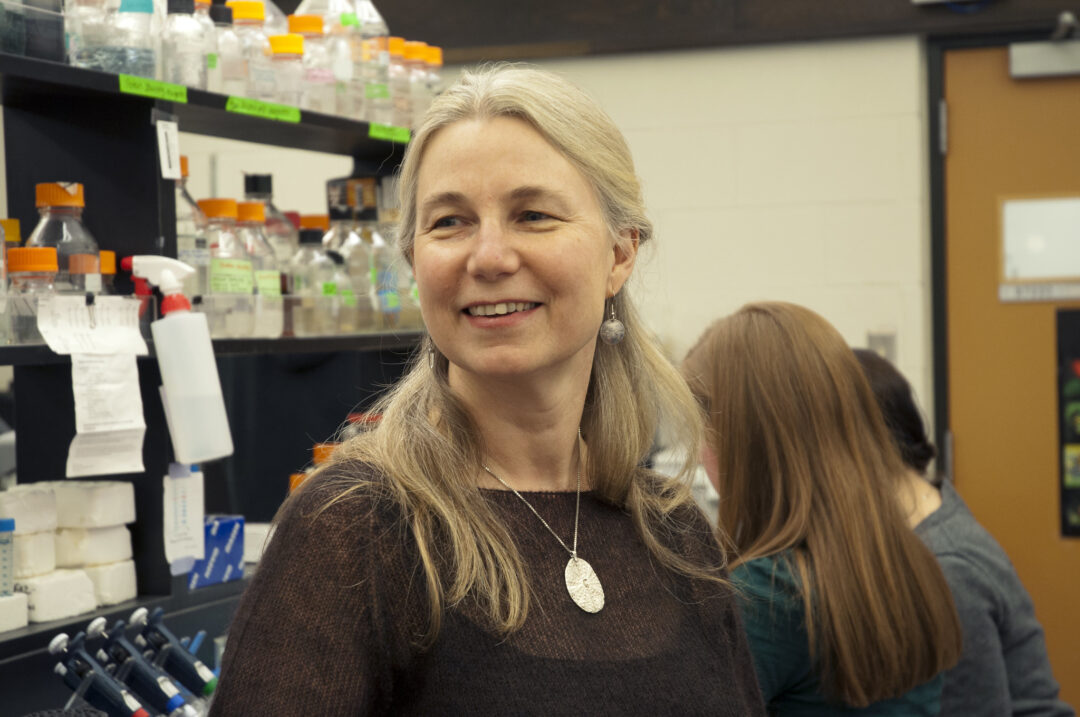
“Losing the algae is just an indicator that we’re losing snowpack and glaciers, and these will impact our lives and the lives of lots of other organisms.”
Lynne Quarmby, scientist at Simon Fraser University
Quarmby’s team studied thousands of satellite images from 2019 to 2022, then visited eight sites in southern BC to test the algae. Their paper in Science Advances reported increased meltwater at all sites of major algae blooms.
The findings serve as a warning about our changing climate, Quarmby told CBC News. “Losing the algae is just an indicator that we’re losing snowpack and glaciers, and these will impact our lives and the lives of lots of other organisms.”
The tiny organisms that create watermelon snow have a global impact: Quarmby’s website notes that the seasonal cycles of freezing and melting snowpack provide water for one-sixth of Earth’s population, and faster glacial shrinking will affect entire ecosystems and regional climates.


